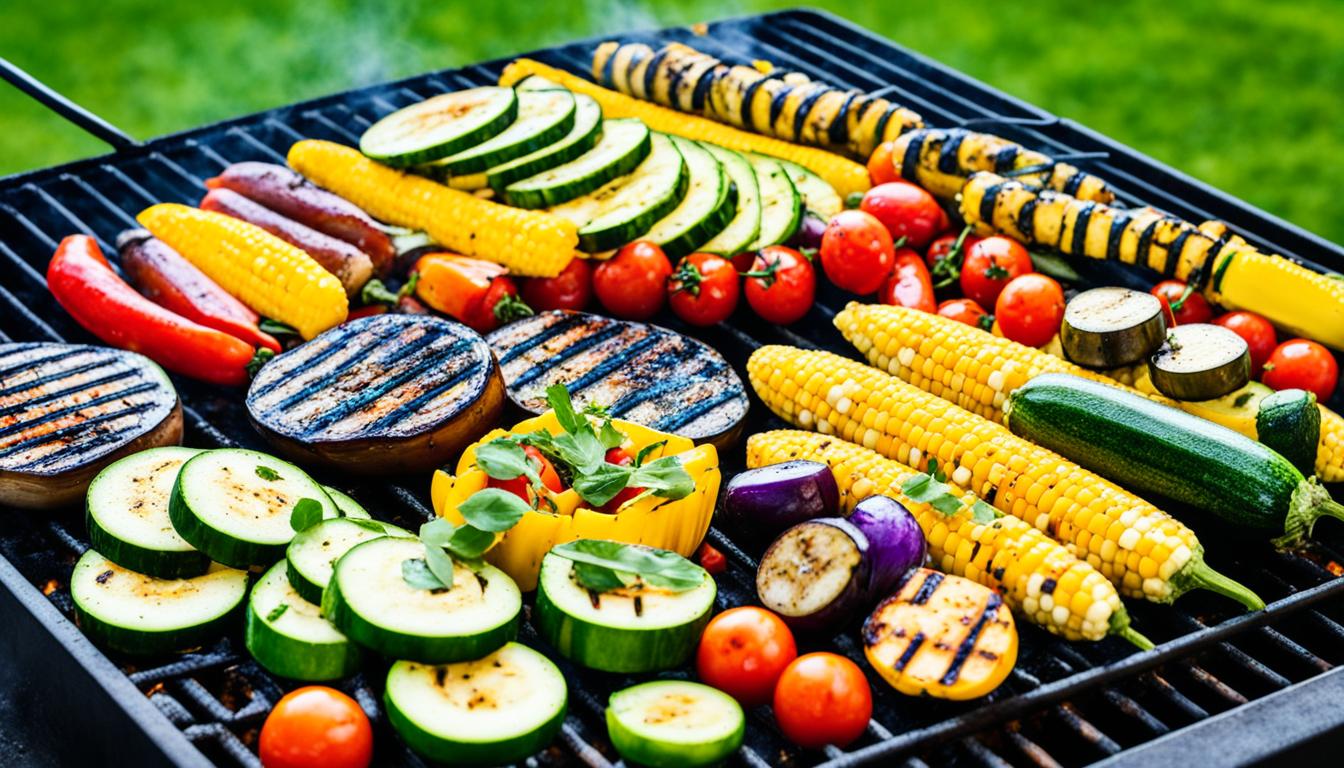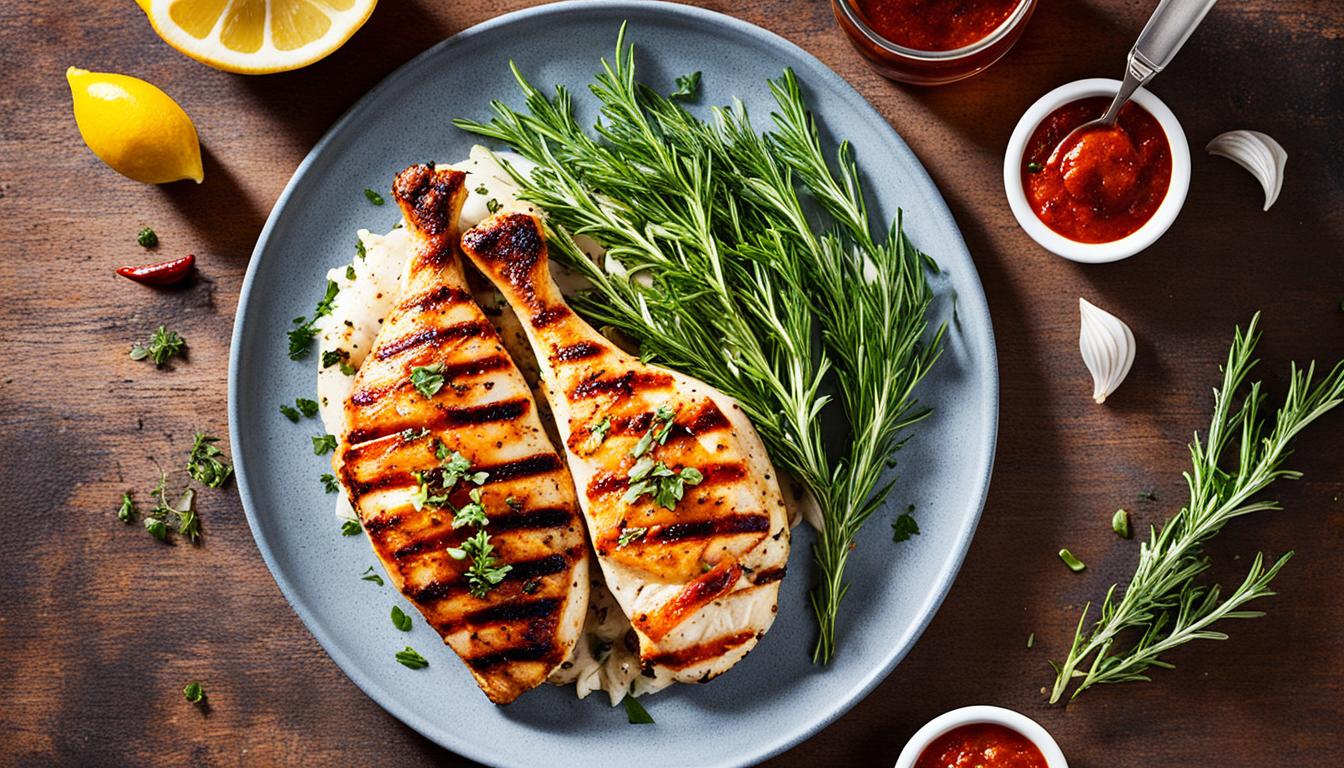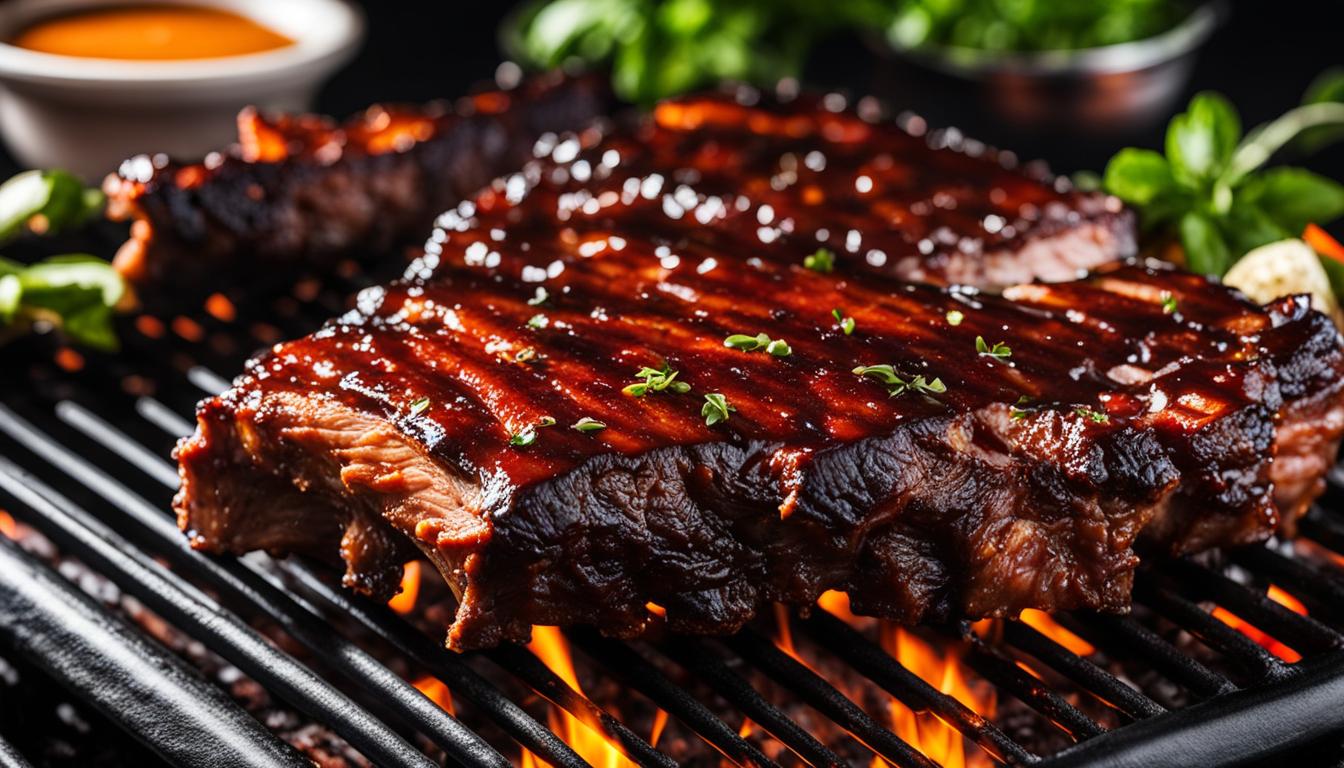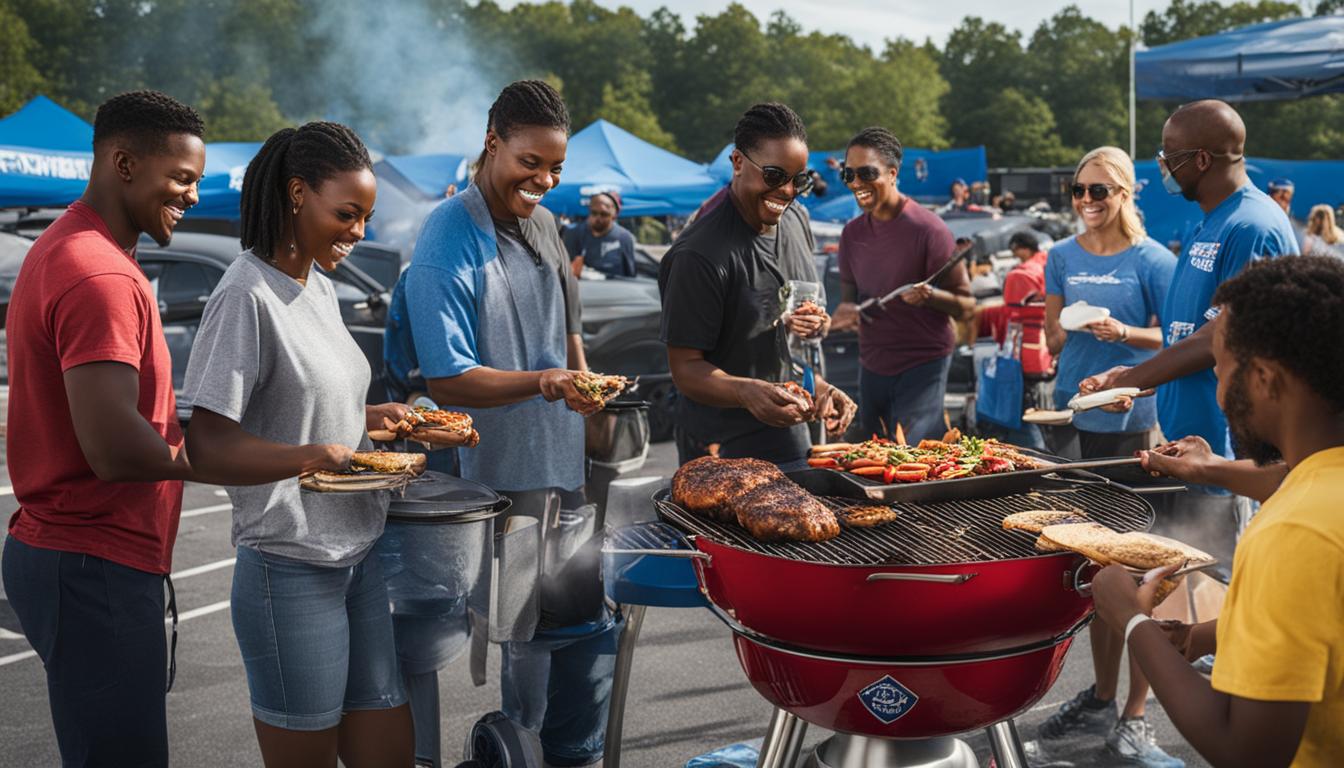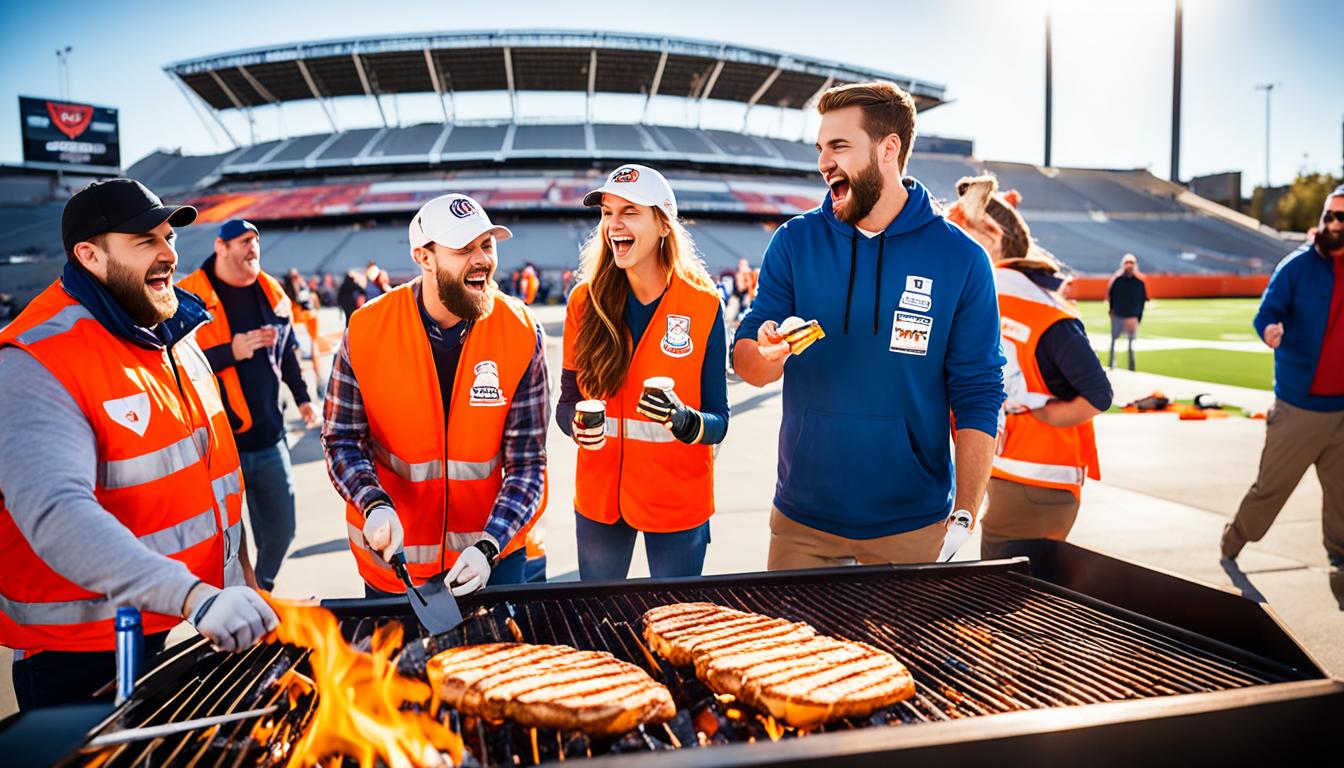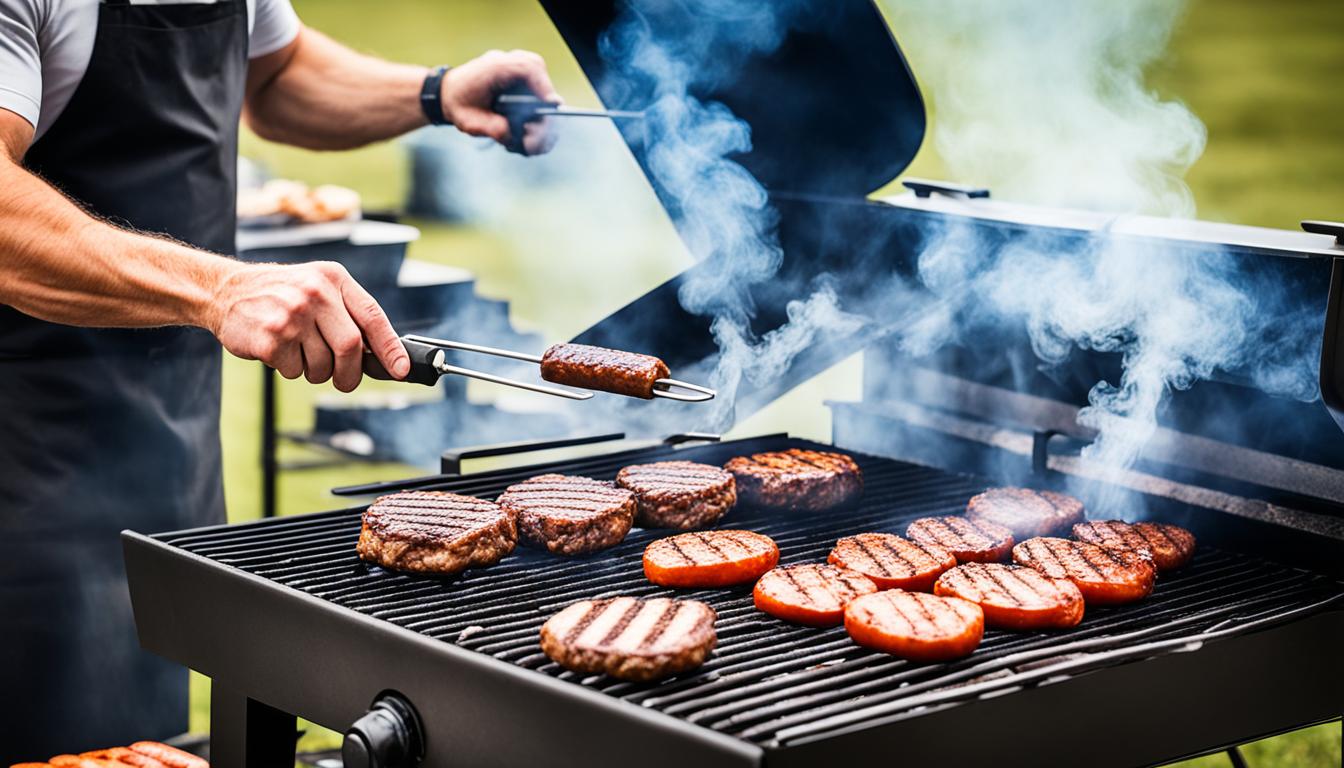
Grilling is not just a cooking method; it’s a way of life. The smell of smoky barbecue wafting through the air, the sizzle of marinated meat on a hot grill, and the joy of gathering with family and friends in the great outdoors – that’s what grilling is all about.
Whether you’re a seasoned grill master or a novice looking to ignite your passion for outdoor cooking, this article is packed with essential tips and techniques to help you perfect the art of grilling.
From selecting the right equipment to grilling techniques, marinating tips, and safety advice, we’ve got you covered. Get ready to take your grilling game to the next level and become the envy of your neighborhood!
So, fire up those grills, grab your tongs, and let’s dive into the wonderful world of grilling.
Key Takeaways:
- Choose the right equipment for grilling, including the type of grill and essential tools like tongs and a meat thermometer.
- Select high-quality meat for the best grilling results, and seek advice from local butchers for expert recommendations.
- Marinate your meat to enhance flavor and tenderness, using simple ingredients like olive oil, vinegar, garlic, and seasonings.
- Preheat your grill to the optimal temperature to ensure even and quick cooking.
- Master different grilling techniques, such as direct heat and indirect heat, to suit different types of food.
Choose the Right Equipment for Grilling
When it comes to grilling, having the right equipment is key to achieving delicious results. Whether you prefer the convenience of a gas grill, the smoky flavor of a charcoal grill, or the versatility of a pellet grill, selecting the right type will ensure your grilling experience is enjoyable.
Along with choosing the right grill, it’s essential to have a few essential tools on hand. A sturdy pair of tongs will make flipping and maneuvering your food a breeze. And don’t forget about the importance of food safety – a meat thermometer is a must-have for checking if your food is cooked to perfection.
“Having the right equipment is the foundation of successful grilling.”
Grill Types
There are various types of grills to choose from, each offering its own advantages:
- Gas Grills: These grills are known for their convenience and quick start-up. They are equipped with fuel tanks that provide consistent heat, perfect for beginners and those who enjoy hassle-free grilling.
- Charcoal Grills: Charcoal grills offer a unique smoky flavor that many grilling enthusiasts love. They require briquettes or lump charcoal for heating and are highly versatile for different cooking techniques.
- Pellet Grills: These grills use wood pellets as fuel, offering both heat control and the rich flavors of different wood varieties. They are excellent for low and slow cooking and can also sear at high temperatures.
Grill Accessories
In addition to your grill and essential tools, there are a few accessories that can enhance your grilling experience:
- Grill Brush: A grill brush is essential for keeping your grill grates clean and ensuring optimal heat transfer to your food. Regularly cleaning your grill will help prevent any unwanted flavors and extend the lifespan of your grill.
- Cooking Utensils: Invest in a set of high-quality cooking utensils, including spatulas, forks, and basting brushes, specifically designed for grilling. These utensils are durable and heat-resistant, allowing you to handle your food with ease.
- Grill Cover: Protect your grill from the elements with a proper grill cover. It will help prolong its lifespan and keep it in optimal condition, ensuring you can enjoy many grilling sessions to come.
Selecting High-Quality Meat for Grilling
When it comes to grilling, one of the key factors that can make or break your meal is the quality of the meat you choose. To achieve mouthwatering results, it’s essential to select high-quality meat that will be flavorful, tender, and juicy.
So, how do you ensure you’re picking the best cuts for grilling? Here are some tips and advice from the experts:
- Look for a deep red color and firm texture: When selecting meat, pay attention to its appearance. High-quality meat will have a vibrant deep red color, indicating freshness. Additionally, it should have a firm texture that bounces back when pressed.
- Seek advice from a local butcher or meat department staff: Butchers are not just there to slice the meat for you; they are a valuable resource of knowledge. They can guide you in choosing the right cuts for grilling based on your preferences and the type of dish you plan to prepare. They can also provide recommendations on lesser-known cuts of meat that are excellent for grilling.
| Benefits of Selecting High-Quality Meat: |
|---|
| 1. Enhanced flavor: High-quality meat typically has a more pronounced and delicious taste, elevating your grilling experience. |
| 2. Improved tenderness: Well-marbled meat with a good ratio of fat to lean meat will result in a more tender and juicy final dish. |
| 3. Consistent cooking: Choosing high-quality meat ensures that it cooks evenly, preventing overcooked or undercooked spots. |
| 4. Food safety: Quality meat from trusted sources undergoes rigorous inspections and adheres to strict safety standards, reducing the risk of foodborne illnesses. |
Remember, the key is to prioritize quality over quantity when selecting meat for grilling. Investing in high-quality cuts will undoubtedly take your grilling skills to the next level and create memorable dining experiences for yourself and your loved ones.
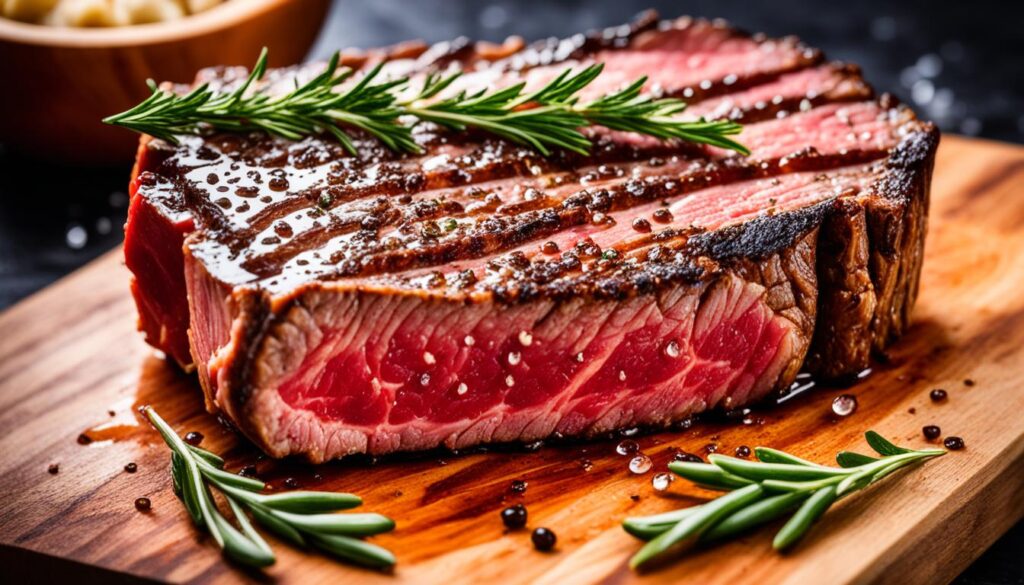
Marinating Your Meat for Flavor and Tenderness
Marinating your meat before grilling is a crucial step that can take your grilled dishes to the next level. When done right, marinating enhances the flavor, tenderness, and juiciness of the meat, making every bite a delight.
One of the simplest and most effective ways to marinate meat is by using meat marinades. These flavorful mixtures infuse the meat with delicious notes that complement its natural taste. To make a basic marinade, combine ingredients like olive oil, vinegar, garlic, and your preferred seasonings. Experimenting with different flavor profiles can elevate your grilling experience and surprise your taste buds.
Marinating techniques can vary depending on the time you have and the desired outcome. For a quick marinade, let the meat sit in the mixture for at least 30 minutes. However, if you have more time, overnight marination can intensify the flavors and result in an incredibly tender meat.
Pro tip: To ensure that your meat absorbs the marinade evenly, place it in a resealable plastic bag or a shallow dish. Massage the marinade into the meat, making sure each piece is well coated. For maximum flavor infusion, flip the meat occasionally during the marinating process.
Marinades not only add flavor but also help tenderize the meat. The acidic components in the marinade, like vinegar or citrus juice, work to break down the muscle fibers, resulting in a more tender and succulent texture.
Ready to take your grilling to the next level? Try these popular flavored marinades for different types of meat:
| Meat | Recommended Marinade |
|---|---|
| Chicken | Lemon Herb Marinade |
| Beef | Teriyaki Marinade |
| Pork | Maple Dijon Marinade |
| Seafood | Citrus Garlic Marinade |
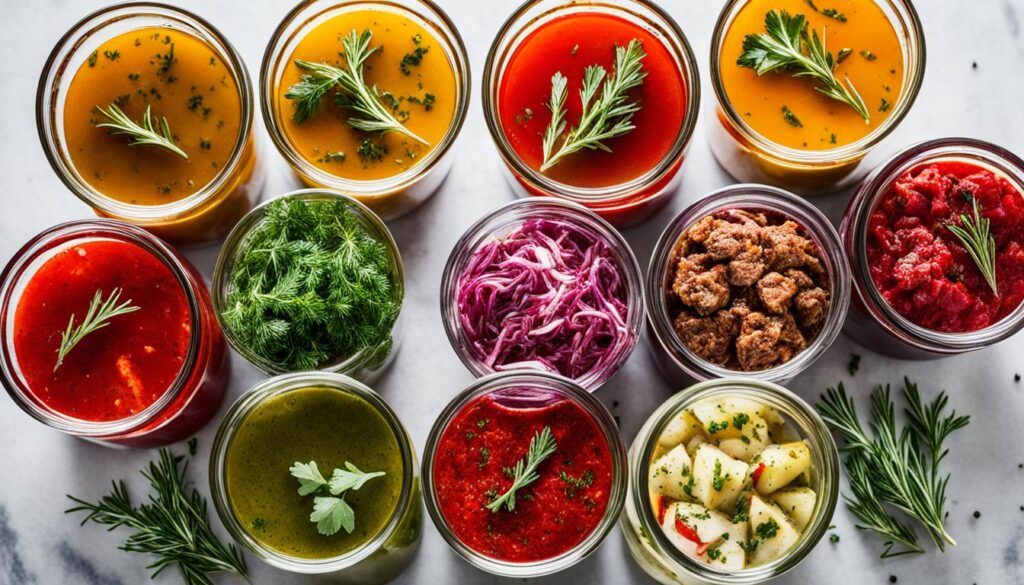
Experimenting with different marinades and marinating techniques can add excitement to your grilling adventures. Take the time to explore and create your own signature marinades, using ingredients that suit your taste preferences. Enjoy the process of marinating your meat and savor the incredible flavors that come with it.
Preheating Your Grill
Preheating your grill is an essential step in achieving perfectly cooked meals every time. By preheating your grill, you ensure even and quick cooking, allowing the flavors to develop and the food to cook properly.
Before placing your food on the grill, it’s important to wait until the grill reaches the appropriate temperature. The ideal grill temperature for most grilling purposes is between 350-450°F. However, the specific temperature may vary depending on the food you’re cooking.
To determine the right grill temperature for your dish, consider the following guidelines:
- High heat: For foods that require a quick sear, such as steaks or burgers, preheat the grill to a temperature around 450°F.
- Medium heat: For more delicate items like chicken or fish fillets, preheat the grill to a temperature around 375°F.
- Low heat: For slow-cooked dishes, like ribs or large cuts of meat, preheat the grill to a temperature around 325°F.
By adjusting the grill temperature based on your specific grilling needs, you’ll achieve the desired results and ensure that your food is cooked to perfection.
Keep in mind these preheating tips to optimize your grilling experience:
- Allow ample time: Preheating your grill can take anywhere from 10 to 30 minutes, depending on the type of grill and the desired temperature. Plan accordingly and give your grill enough time to reach the ideal temperature.
- Cover the grill: While preheating, keep the grill lid closed. This helps retain heat and accelerates the preheating process.
- Clean the grates: Before preheating, make sure your grill grates are clean and free from any debris. This ensures even heat distribution and prevents sticking.
Preheating your grill is the first step to achieving delicious grilled meals. It allows for even cooking and helps to develop those charred, smoky flavors that we love. Don’t rush this important step—take the time to preheat your grill properly, and you’ll be rewarded with mouthwatering results.
Remember, preheating your grill sets the stage for successful grilling. It ensures that your food is cooked evenly and allows the flavors to shine through. So, before you fire up the grill, make sure to preheat it to the appropriate temperature and follow these preheating tips for a memorable grilling experience.
Using Proper Grilling Techniques
When it comes to grilling, using the right techniques can make all the difference in achieving delicious and perfectly cooked meals. Understanding the different grilling methods, such as direct heat and indirect heat, will help you master the art of grilling and enhance the flavors of your food.
Direct Heat
Direct heat is the most common grilling technique, where the food is cooked directly over the heat source. This method is ideal for thin cuts of meat or smaller food items that cook relatively quickly. It provides a seared exterior and juicy interior, creating those beautiful grill marks that we all love.
To use direct heat, preheat your grill to medium-high heat and place the food directly over the flames or heat elements. Remember to keep a close eye on the food to prevent overcooking or burning. Regularly flip the food to ensure even cooking on both sides.
Indirect Heat
Indirect heat involves cooking the food to the side of the heat source instead of directly over it. This method is perfect for larger cuts of meat or delicate items like fish, where slower and more gentle cooking is required. Indirect heat allows for even cooking and helps retain moisture, resulting in tender and juicy results.
To use indirect heat, preheat one side of your grill while leaving the other side unlit. Place the food on the unlit side and close the grill lid. This setup creates an oven-like environment that circulates heat around the food, cooking it slowly and evenly. Remember to check the grill periodically and rotate the food if necessary to ensure uniform cooking.
Experiment with these grilling techniques to find what works best for the type of food you’re grilling and the desired level of doneness. Some recipes may even call for a combination of both direct and indirect heat to achieve specific flavors and textures.
| Grilling Technique | Use Case | Advantages |
|---|---|---|
| Direct Heat | Thin cuts of meat, small food items | Seared exterior, juicy interior, grill marks |
| Indirect Heat | Larger cuts of meat, delicate items | Even cooking, moisture retention, tenderness |
Checking the Temperature and Letting the Meat Rest
One of the keys to achieving perfectly cooked meat is to check the internal temperature. Using a meat thermometer ensures that your meat is cooked to the desired doneness without risking over or undercooking.
Each type of meat has a recommended internal temperature that guarantees both safety and optimal taste. It is important to consult a cooking chart or resource specific to the type of meat you are grilling.
Once the meat has reached the desired internal temperature, it’s crucial to give it some time to rest before serving. This allows the juices to redistribute throughout the meat, resulting in enhanced flavor and tenderness.
Letting the meat rest for a few minutes after grilling is a simple yet essential step. This ensures that each bite is juicy and packed with flavor. Whether you’re grilling a steak, chicken breast, or pork chop, allowing the meat to rest is the final touch on the journey to the perfect grilled dish.
Recommended Internal Temperatures for Different Meats
| Meat Type | Internal Temperature (°F) |
|---|---|
| Beef (steaks, roasts, and burgers) | Medium Rare: 145°F Medium: 160°F Well Done: 170°F |
| Poultry (chicken, turkey) | White meat: 165°F Dark meat: 175°F |
| Pork (chops, roasts, and tenderloin) | 145°F for medium pork 160°F for well-done pork |
| Lamb (chops and roasts) | Medium Rare: 145°F Medium: 160°F Well Done: 170°F |
| Fish (steaks and fillets) | 145°F for most fish 160°F for swordfish and tuna steaks |
Ensuring that your meat reaches the recommended internal temperature and allowing it to rest are critical steps for achieving exceptional results every time you grill.
Conclusion
By following these grilling tips and techniques, you can elevate your outdoor cooking skills and achieve perfect results every time. Start by choosing the right equipment, whether it’s a gas, charcoal, or pellet grill, and make sure to have essential tools like tongs and a meat thermometer. Select high-quality meat, paying attention to the color and texture, and consider seeking advice from your local butcher. Marinating your meat with simple ingredients like olive oil, vinegar, and garlic can enhance its flavor and tenderness.
Don’t forget to preheat your grill to the appropriate temperature, allowing for even and quick cooking. Experiment with different grilling techniques, such as direct heat or indirect heat, to find what works best for the type of food you’re grilling. Use a meat thermometer to check the internal temperature of the meat and let it rest for a few minutes after grilling to allow the flavors to develop and the juices to redistribute.
With practice, you’ll become a grilling master and impress your friends and family with perfectly grilled meals. Whether it’s a backyard BBQ or a casual dinner, mastering the art of grilling will bring joy and delicious flavors to your outdoor cooking. So, get ready to fire up the grill, savor the smoky aroma, and enjoy the flavors of perfectly grilled food all year round.

Ryan Conlon is a passionate football fan and the driving force behind “Home Tailgate Party.” Ryan’s love for the game, combined with his culinary expertise, has led to a treasure trove of game day recipes and strategies. Whether you’re a seasoned tailgating pro or a rookie looking to up your game, Ryan’s insights and delicious recipes will help you score big at your next tailgate.

